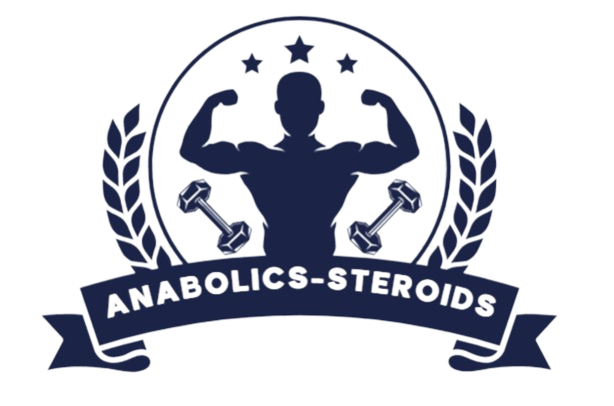Did you ever wish you could have a massage therapist on call? Not many things could replace that targeted pressure when your muscles and joints scream for help. Your foam roller in the corner and massage gun in the drawer are nice, but deep down, you know they’re not the same.
So, we wanted to get to the bottom of it: Is massage therapy an essential recovery tool or just a bougie bonus for those with time and cash to spare? Whether you’re a competing bodybuilder or a weekend warrior, massages may fill in gaps you didn’t know you had. Or do they?
Massage therapist Jimmy Bluff, who’s worked on professional bodybuilders over the last 15 years, including Mike O’Hearn, Kai Greene, and Jay Cutler, says that many of his clients leave feeling “lighter” due to more oxygen and less adhesion and restrictions. “I had multiple Mr. Olympia champions five days out who were not able to pose properly or flex a muscle group due to pain and not able to fully open their bodies during posing rounds,” he says, adding, “when these athletes bodies and fascia is ‘unlocked’, their poses and greater range of motion allows them to display their hard-earned physique with much more ease and grace.”
He also said he could “make a client’s waist smaller and lats wider in a treatment, and their muscle tissue also appears much fuller.” If I was competing, I’d be sold on massage therapy for sure.
From a coaching point of view, Danny Fam, strength coach with an expertise in kinesiology and exercise science, firmly recommends massages as a critical part of recovery. He says, “it’s not something you wait to do when you’re already hurt. When you look at the best athletes, they take care of their bodies before issues arise. It’s very preventative.”
However, not everyone can adhere to a five-times-a-week training schedule, so what if you’re just a regular gym-goer squeezing in three workouts a week between meetings, errands, and family dinners? Does massage still make the cut, or can you get away with stretching, protein shakes, and maybe a massage gun, and calling it a day?
Potential Benefits of Regular Massage Sessions
In many cases, an active person might stretch a bit after a workout, hammer out a few knots with a Theragun, maybe foam roll for five minutes while scrolling Instagram. But Fam makes a clear distinction: “There’s no substitute for professional manipulation, nothing can replace that instant feedback.”
Bluff admits he quickly notices asymmetry, imbalances that his clients might overlook as the root cause of their pain or discomfort. “People think they have ‘weak’ body parts, but to me it’s simply a rotation, or imbalance that’s just not allowing them to properly contract the muscle to begin with.”
Then there are the obvious physiological benefits: increased blood flow, circulation, reduced inflammation, enhanced mobility, and long-term injury prevention. “People have no idea how beneficial not only the blood flow and circulation, but lymphatic drainage as well, to remove toxins much safer and faster,” Bluff highlights, adding that “when fitness enthusiasts have healthy fascia and alignment they can train without pain.”
Additionally, massage therapy also tunes your nervous system. “There’s a huge mental component as it drops you into a parasympathetic state,” Fam points out. “Rarely is someone very anxious and stressed on a massage table. It has a major impact on mood, stress levels, mental focus and helps naturally reduce cortisol.”
Research shows exactly that: Massage may help boost endorphins, dopamine, and serotonin, aka your feel-good neurotransmitters. Additionally, it’s been shown to be a powerful intervention to help relieve stress, anxiety, and depression. Bluff sees firsthand how a tight body and fascia may negatively impact mood and overall health.
“Some clients deal with bad anxiety, trouble breathing, poor digestion, asthma, trouble sleeping, but many times these issues disappear once I release the muscle,” he says.
How Effective Are Massages In Recovery?
Amidst juggling time, money, and energy, we wanted to know how massages stack up next to other key recovery pillars.
“Sleep trumps all,” Fam says without hesitation. “You can train hard, you can recover hard, but if you’re not allowing your body to recover during sleep, there’s no massage that could counter that.”
Massage, then, is a potent tool, but not the top one. Think of it as a power-up after the basics are dialed in: sleep, nutrition, hydration, and smart training. If you’ve got those locked down and you’re looking to level up, massage should be next on your radar. He says if you can find one and stay with one therapist that’s ideal. “Once the massage therapist knows your body and understands the tighter and looser areas, over time your recovery will just become that much more efficient because they are manipulating the areas that need to be worked on,” he adds.
Bluff adds: “The right type of massage and professional with empathy makes the biggest difference.”

Best Massage Strategy For Recovery
Fam recommends scheduling a massage on your recovery day. “If you’re getting a deep tissue or sports massage, make that your recovery day because your body needs to absorb the work first,” he advises adding that if you train more than four times a week, a one-hour massage once a week is great, but squeezing one in every two to three weeks should be a must.
And if you’re someone who gets a massage once in a blue moon and has knots head to toe, then splitting bodywork into upper and lower sessions over two days is totally valid.
Are Massages Worth The Money When It Comes To Recovery?
“It depends on your goals,” Fam explains. If you’re working out a couple times a week plus doing mobility, corrective exercises, and stretching, massage might be a “nice to have,” but likely a “you should” in most cases.
Regardless, Bluff also recommends at least once a month or bi-weekly. “Many times the weekend warriors are the hard working desk jockeys, so typically they have more imbalances to begin with,” he says, adding that “the spa won’t cure anything.”
However, if you’re pushing for performance, training four plus days a week, or nursing old injuries, a massage is a yes, yes, absolutely. Not to mention, if you dream of competing on a professional level, Bluff says, body work is a “must-have.”



